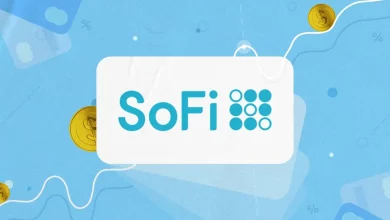Stimulus Package Student Loans Guide: An Overview

The government’s plan to stimulate the economy has gone through. The stimulus bill has several significant changes. The most notable difference is the student loan stimulus package. With this student loan relief, you will save hundreds of dollars each month. Before we get into the actual bill, let’s take a look at the student loan crisis.
What is a stimulus package for student loans?
A stimulus package for student loans can be defined as a plan to help students trying to pursue the American dream of higher education by giving them money to help pay for their tuition or other higher education costs. There are many places to get student loans with stimulus packages, one of which is the federal government.
Many colleges and universities offer student loans to students, but many students do not qualify for these loans.
The average citizen understands the use of stimulus packages for the economy, but most are unaware of their effects on higher education. The essence of a stimulus package for student loans is to help Americans trying to get into school. The federal government is one place to get student loans with a stimulus package, and many universities and colleges offer student loans to their students. Many students who don’t receive this type of aid, and know about the benefits of a stimulus package for the economy, would like to learn more about the effects of a stimulus package for higher education.
Taking a Closer Look at the Stimulus Package
Here’s what’s included in the stimulus packages that might benefit current or future student loan borrowers:
-Aid to college students
-Accelerating the grant program
-Providing relief to borrowers if their loan payments are too high
-Repaying student loan interest
The Bush administration’s $1.6 trillion stimulus package includes assistance that might be needed by citizens whose student loans are too high for their budget, accelerating the grant program, and repaying student loan interest.
Many people who cannot find jobs find themselves in situations where they cannot meet their obligations for their student loans. With an increased number of Americans defaulting on their federal student loans over the past decade, lawmakers and education officials are analyzing ways to help students in debt.
The legislature has allocated $400 million for loan forgiveness and forbearance with the government stimulus package. They expect this will help keep many more potential student loans defaulting.
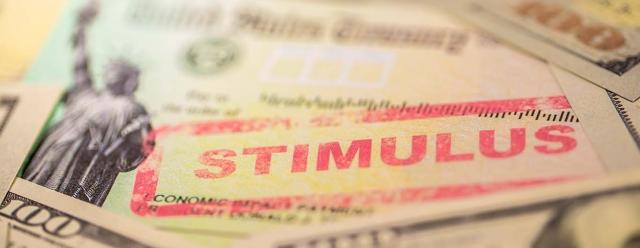
The increased number of Americans defaulting on their federal student loans over the past decade demonstrates the need for these programs to help students in financial need.
This article provides an overview of some of the different federal student loan programs available, some of the eligibility requirements, and tips for making sure that students have the best chance of being awarded some federal student loan.
There are many different types of federal student loans available to students, depending on the kind of school they are enrolled in, their income, the state they live in, etc. Below are some of the available options, what is required to qualify, and some possible benefits.
Your options for borrowing to attend college vary significantly depending on your financial need, but what they have in common is that they require a co-signer or a creditworthy family member to qualify. Unlike student loans from the federal government, private student loans are not subsidized, but they can be a better alternative for students with weak credit.
Grants, Tuition Paybacks, and other Borrowing Options
The Federal Government will save a lot of people’s Christmas this year with a new stimulus package for student loans.
* The stimulus package includes a few different options for loan borrowers.
* The first option included in the stimulus is a no-interest loan of up to $2,500 to help make past due payments on student loans.
* The second option is to allow borrowers to defer payments for three years.
* The third option allows borrowers to consolidate their federal student loans into one loan with a lower interest rate.
The stimulus package offers three different options for deferring and making payments on student loans. The second and third options consolidate and lower the interest rates on federal student loans.
Summary of the Stimulus Package
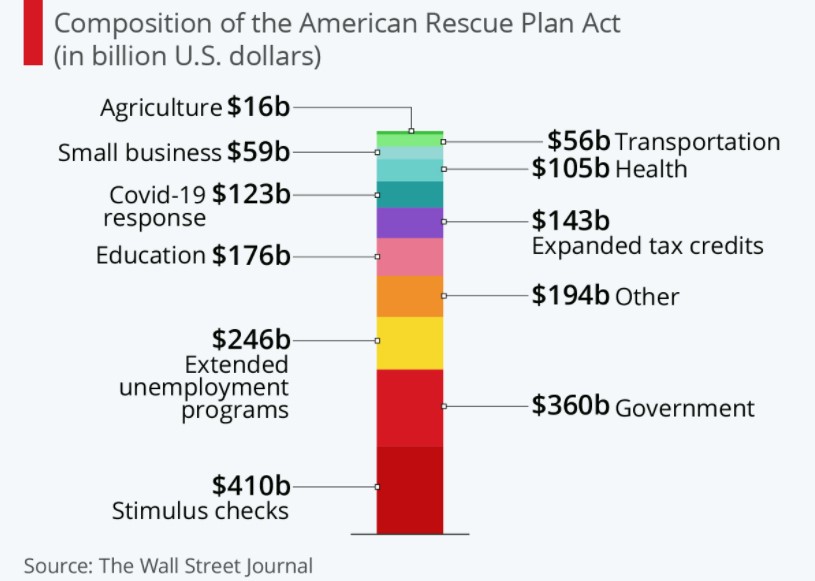
While the economic stimulus package has been a lifeline for many people across the country, it’s especially great for students. Are you confused about which student stimulus package to apply for with all the new free money for students? We can help you decide.
• First, if your parents make less than $200,000 and you’re a dependent, you should apply for the American Opportunity Tax Credit. This stimulus package will reduce your taxes by $2,500, and you’ll get $2,500 to spend on tuition.
• Never borrow money from your college loans because your interest rates will be locked in at a high level.
• Undergraduate, graduate, and law school students can apply for the College Opportunity Grant for a maximum of $3,000.
• The grant is designated for costs necessary to progress towards a degree.
Finishing off the blog post with the following information: The Colleges Opportunity Grant provides up to $3,000 for qualified students to use for costs that advance their progress towards their degree. For example, this includes tuition, books, and fees.
Students can qualify for this grant if they show they will be able to complete their high school diploma or general equivalency diploma (GED ) and have a consistent income source. This can include a minimum of one income source from a job, a welfare program, a family member’s income, a retirement program, a rental property, or a trust fund.
Conclusion
In conclusion, the stimulus package student loans program was a great idea during the economic recession, but it’s not in the best interest of students to hold onto that funding when they aren’t in desperate need of it. The government should run this like a credit card with a monthly budget and strict limits to encourage students to gain the skills necessary to succeed during and after college without depending entirely on their loans.


